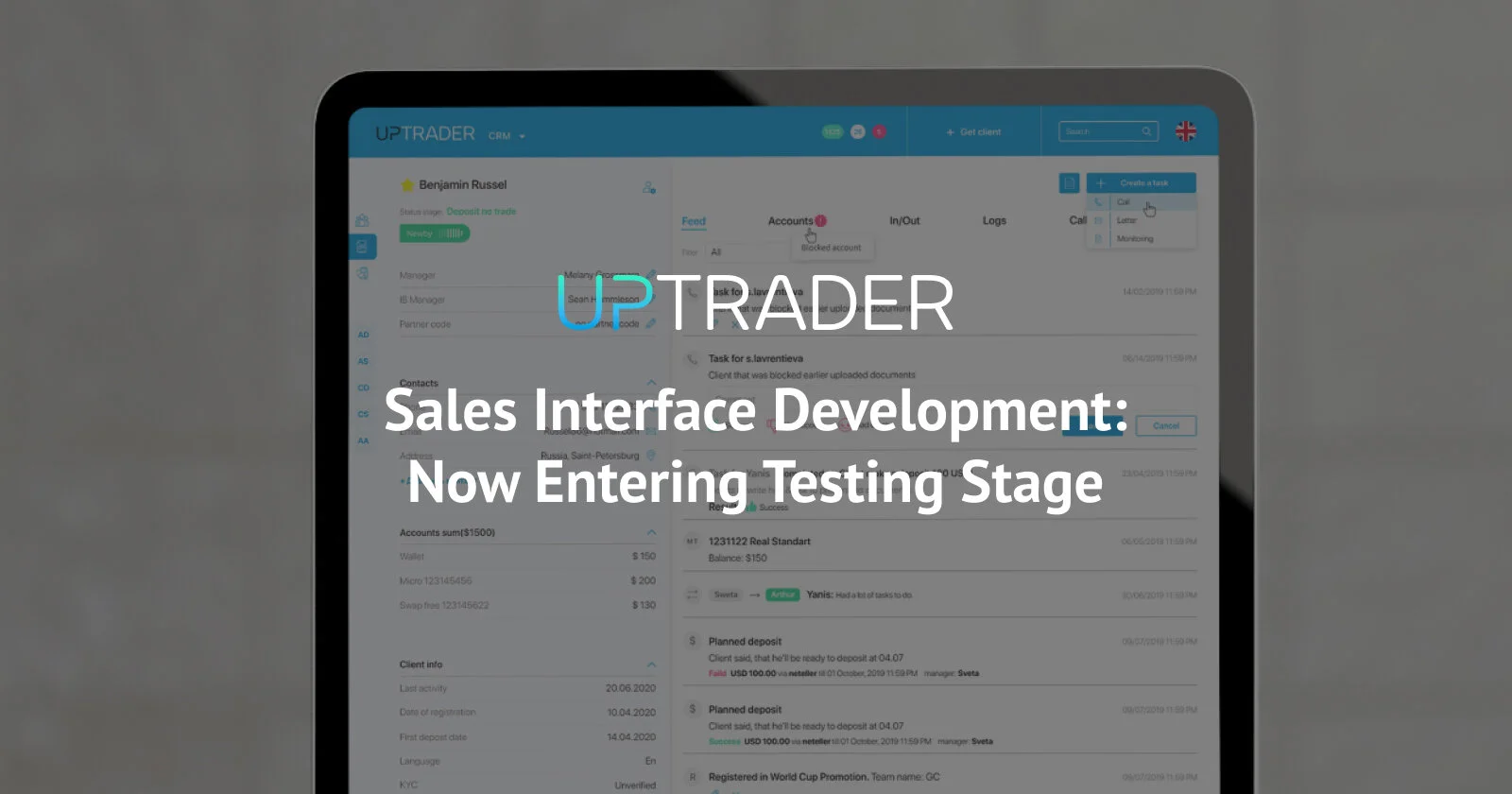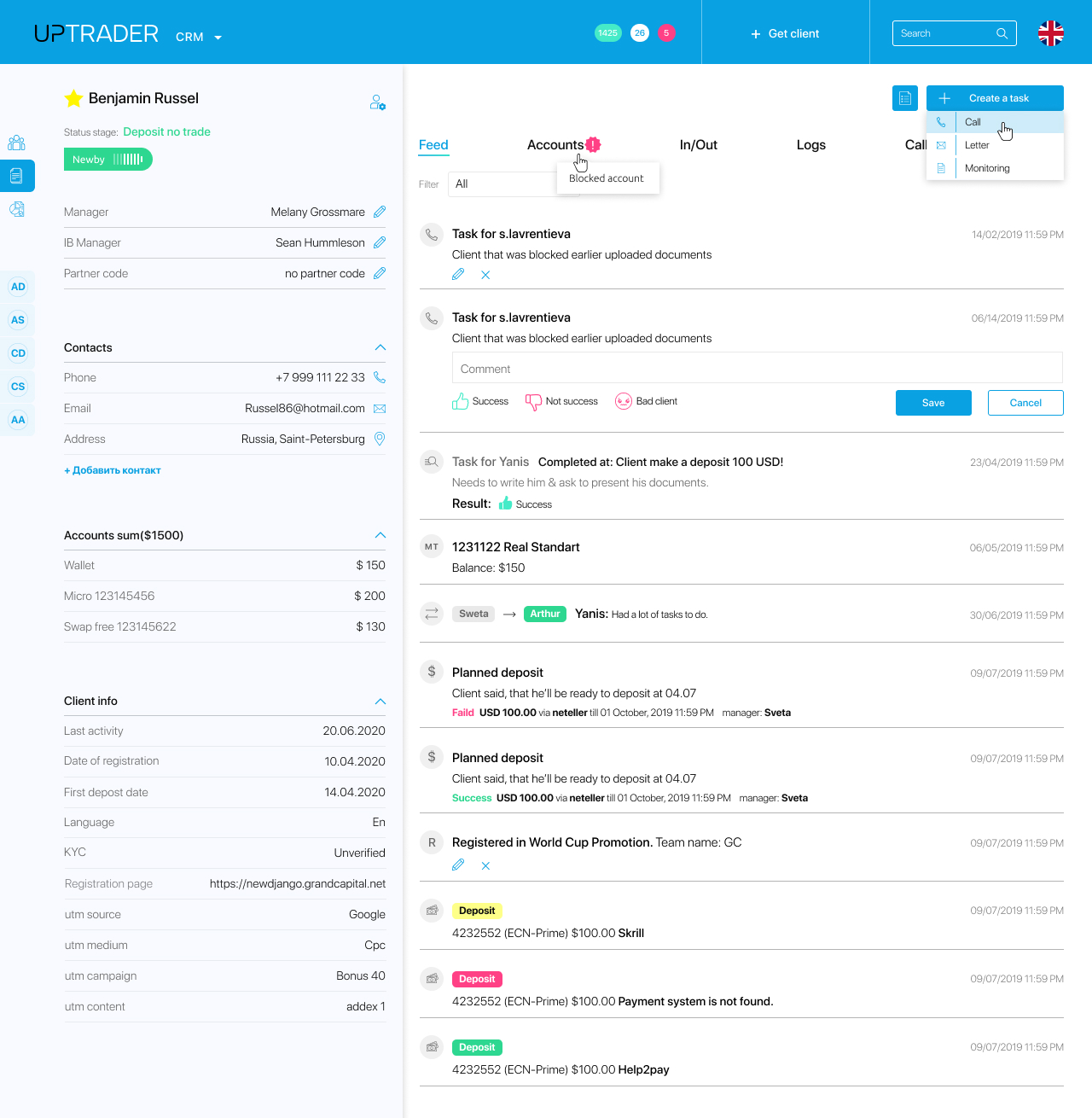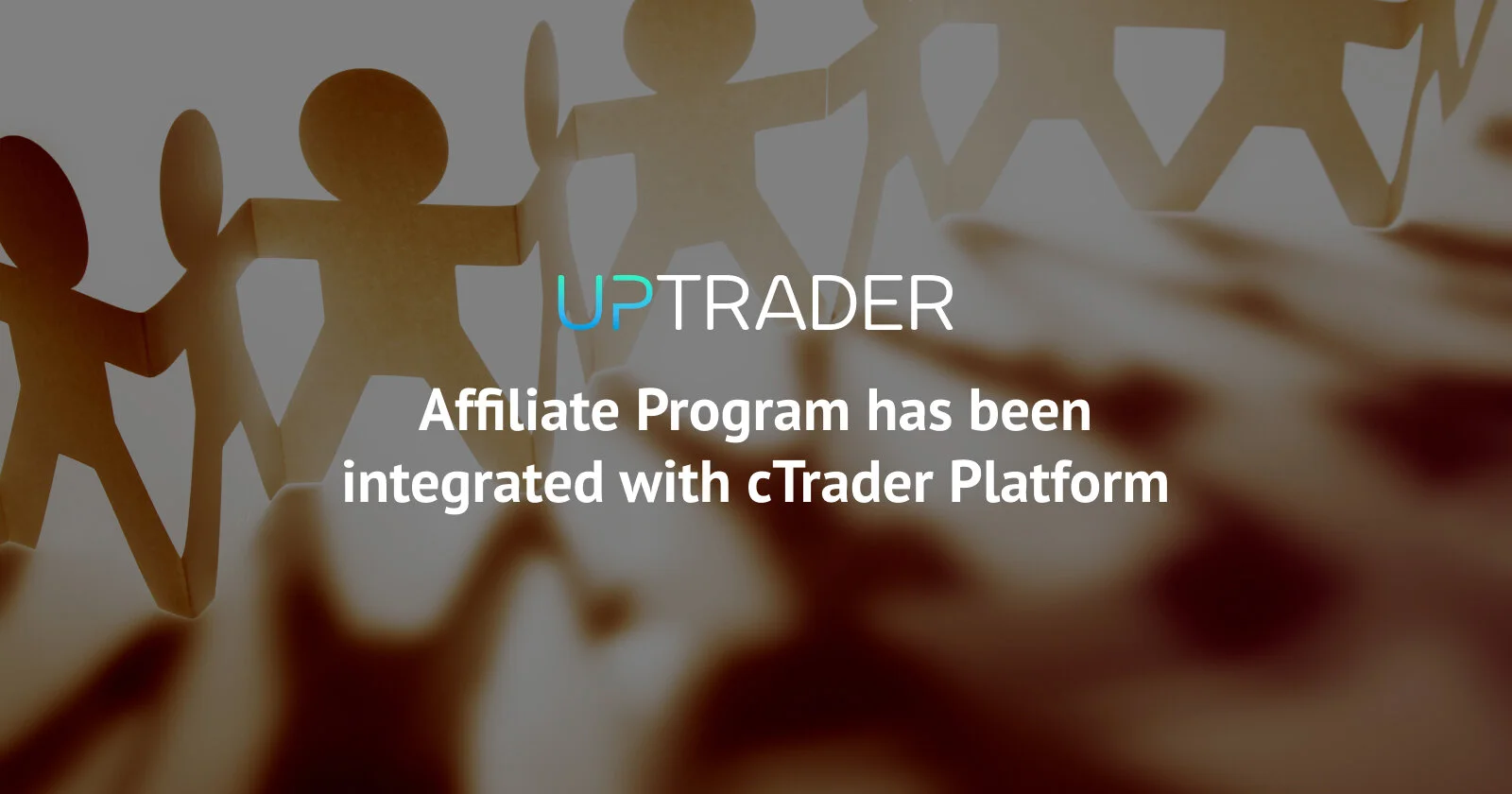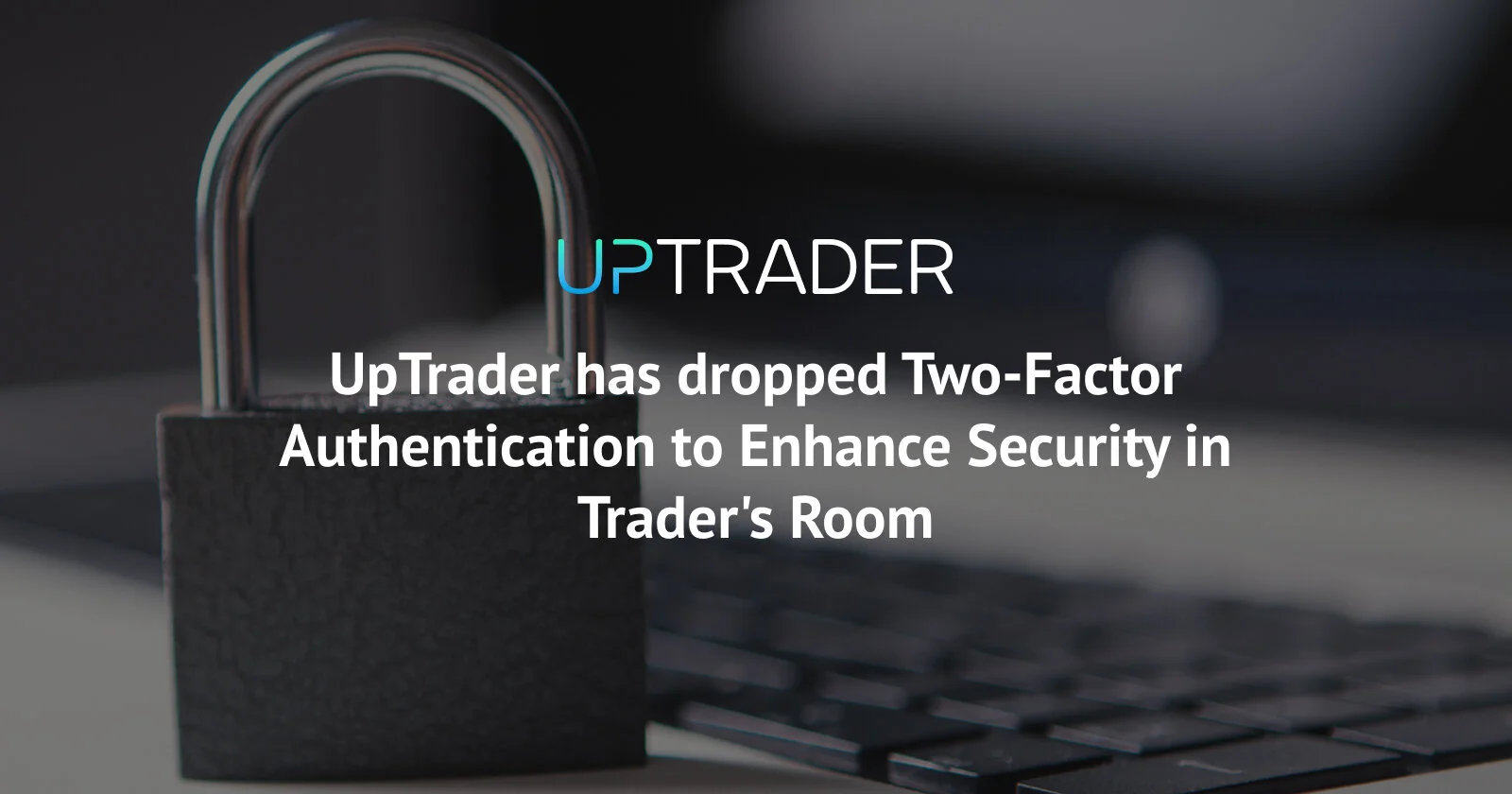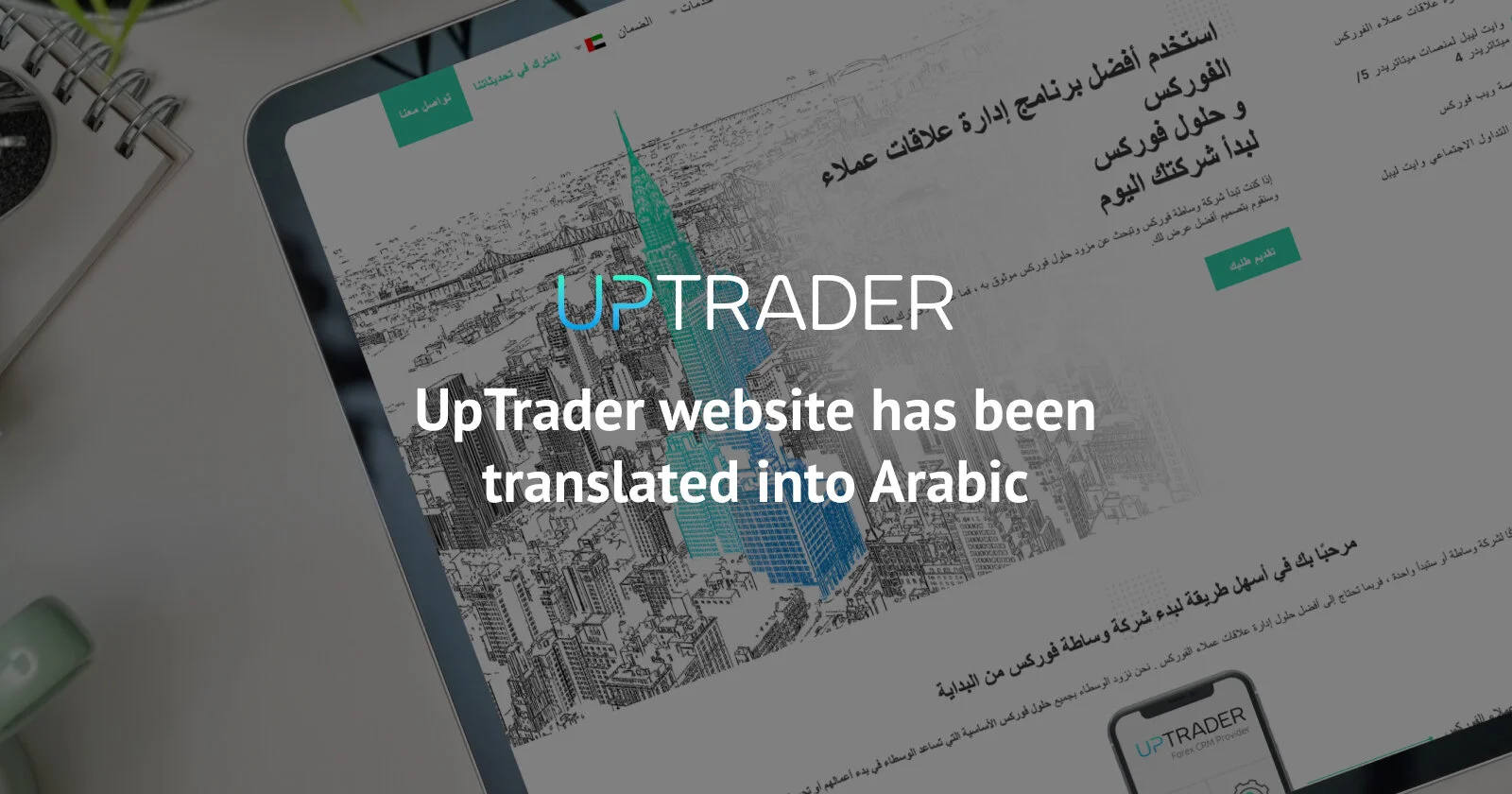
Exciting Features for Your Sales Department in UpTrader CRM
As we previously mentioned, our Sales Module is nearing completion and will soon be available in UpTrader Forex CRM. While we all eagerly await the major announcement about the Sales Interface release, we would like to give you a glimpse into what your sales department will be able to accomplish in their new workspace.
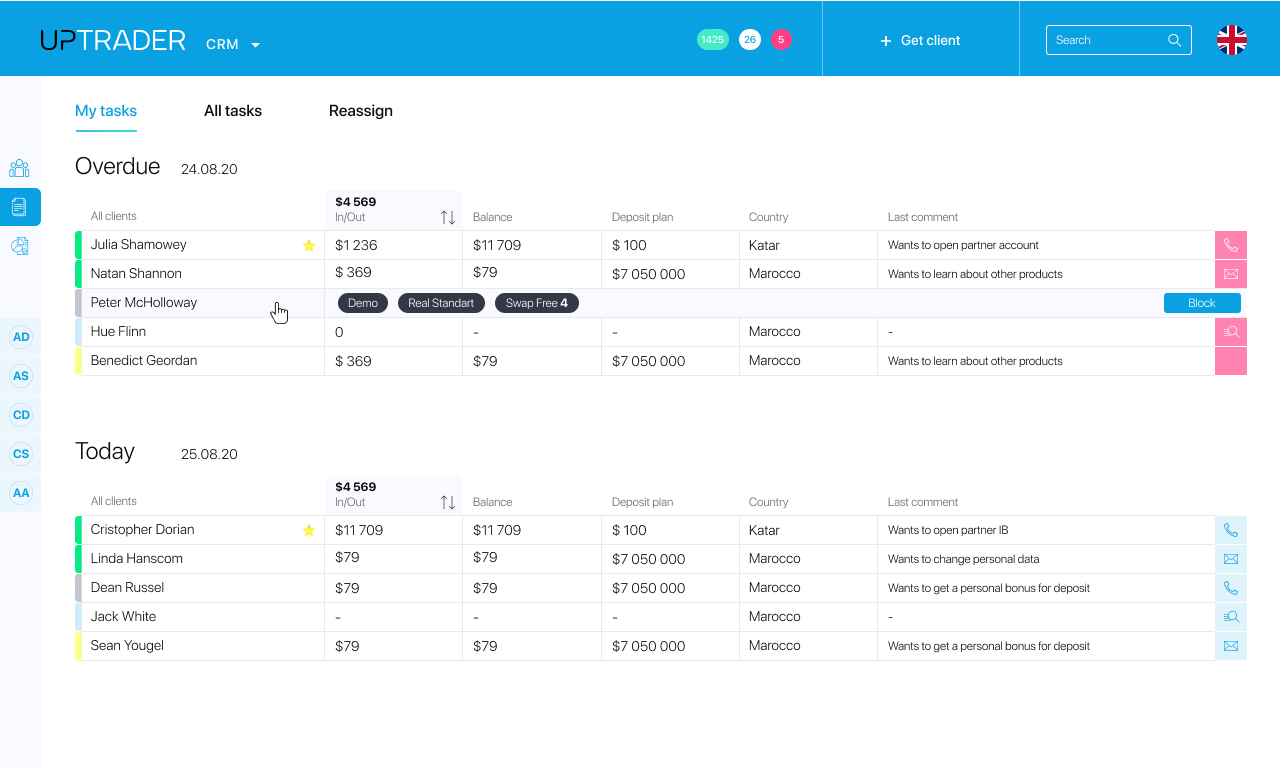
Here's a brief, yet far from exhaustive, list of features that will be available to your sales team:
- Quick Calls:
Sales representatives can directly make calls from the client list, eliminating the need to open a separate window for each client, thus streamlining the workflow.
- Lead Quality Evaluation:
Sales representatives can flag promising leads and identify bogus registrations, helping save time and avoid wasting efforts on non-viable contacts in the future.
- Previous Conversation Archiving:
The system archives past conversations, providing valuable insights for effective client communication and expectation management.
- Task Postponing:
Our interface allows managers to postpone tasks if they cannot complete them immediately, or they can schedule future calls with clients.
- Deposit Attempts:
When a client attempts a deposit, the system generates a task for the manager to ensure prompt follow-up.
- Access to Marketing Metrics:
Managers can access key marketing metrics like UTM, special offers, and registration page details in the client profile, which are crucial for understanding client motivations and identifying sales opportunities.
- Planned Deposits:
This feature aids sales representatives in meeting their targets and provides management with an overview of their team's projections.
- Manually Allocated Bonuses:
To expedite a sale, managers have the flexibility to offer individual bonuses to specific clients.
To request a demo, please contact us at [email protected].
Your UpTrader Team





